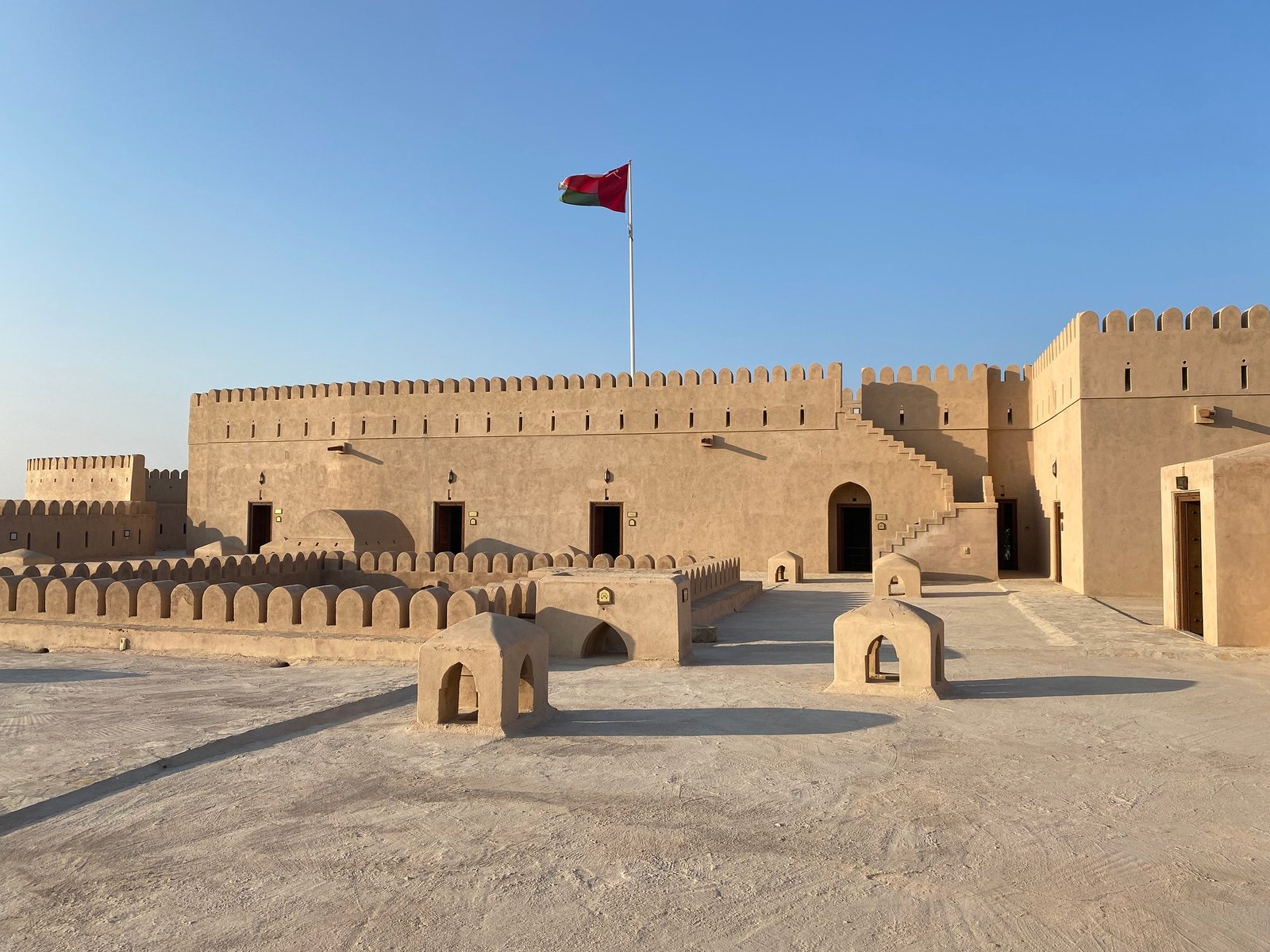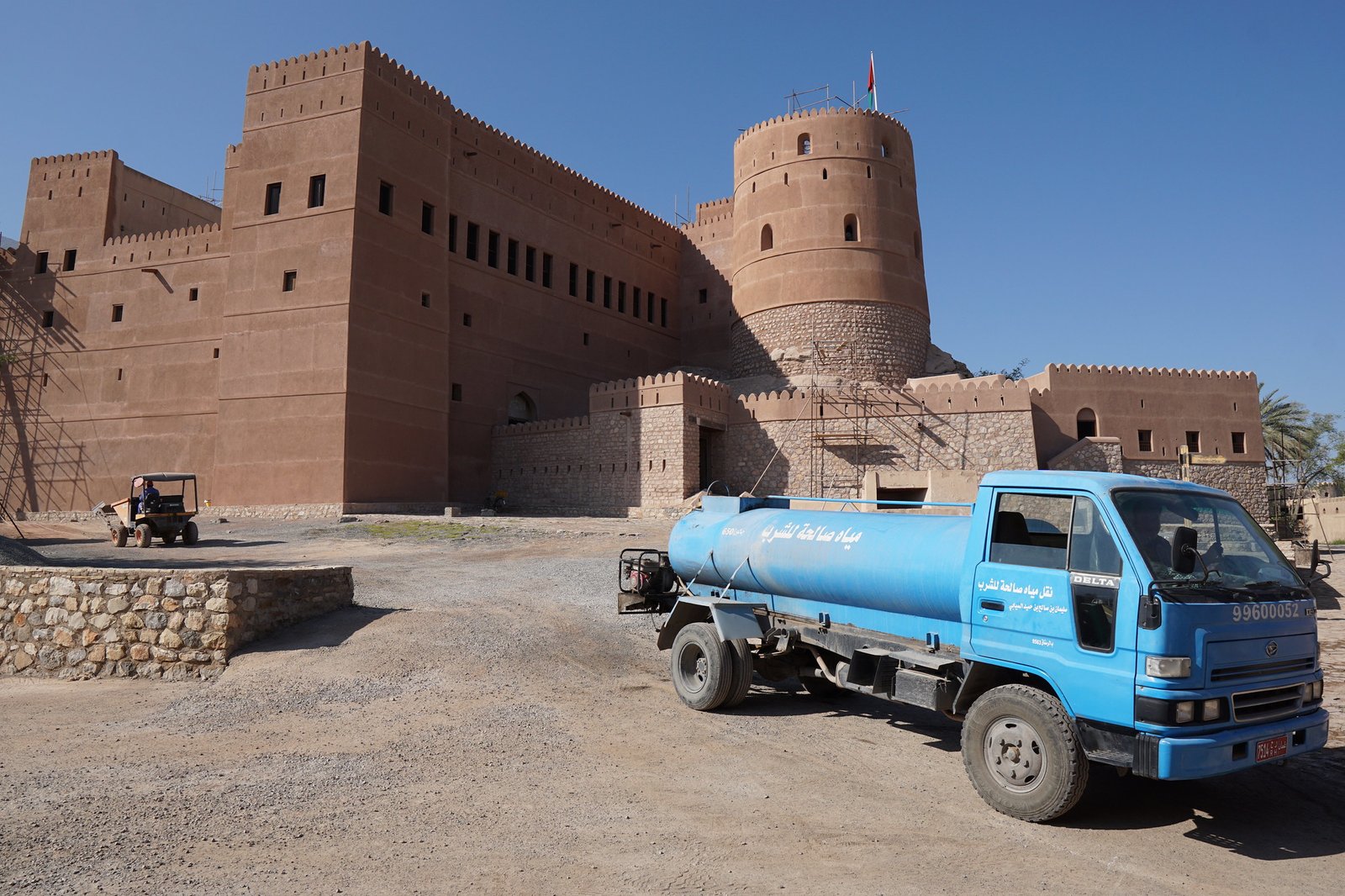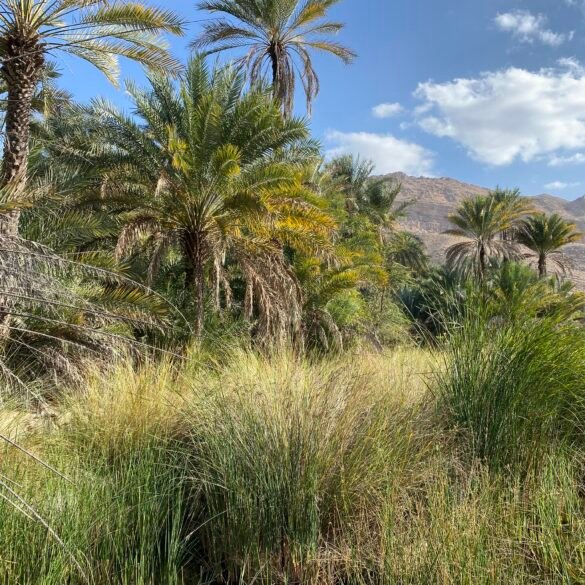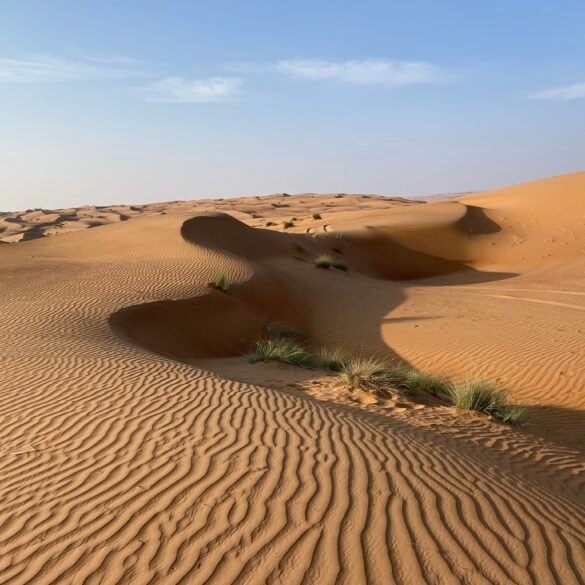When we traveled to Thailand 10 years ago, one of the planning concerns was how to see as many Thai temples as possible without being “templed out”. Although by the end of the trip, the beautiful Thai temples did start to resemble each other, we left the country just in time before they became one big colorful blur. So, understandably, when we sat down to plan our trip to Oman, the concern was similar. How many forts and castles can we possibly visit before “forting out”?
Exploring historical forts and castles is unquestionably one of the best activities in Oman. Unlike some other Gulf countries, Oman has preserved and meticulously restored many of its old fortresses. The country is dotted with these impressive defensive strongholds that tell a compelling story of a once-dominant power in the region. Many of them sprung up during the Yaruba dynasty in the 17th and 18th centuries, the period that many consider the height of the Omani state. Not only did the Yaruba rulers expel the Portuguese who had controlled Oman for nearly 150 years, but they also managed to build the maritime powerhouse of a country, extending their dominion to Zanzibar and present-day Iran and Pakistan. Many forts serve as a reminder of those old glory days.
The Omani forts have many common architectural features. After visiting one fort, you should be able to unmistakably identify another one. A typical fort consists of tall defensive walls, distinctive round and square towers, battlements, and walled enclosures. And, of course, most of them share the trademark sandstone color. Although the Portuguese were kicked out of Oman, their architectural influence is visible in the building techniques that the Omani retained. The Omani forts are this beautiful mix of Arabic and European styles. And because of Oman’s proximity and historical connection to India and Pakistan, there are certain architectural influences from that region, too.
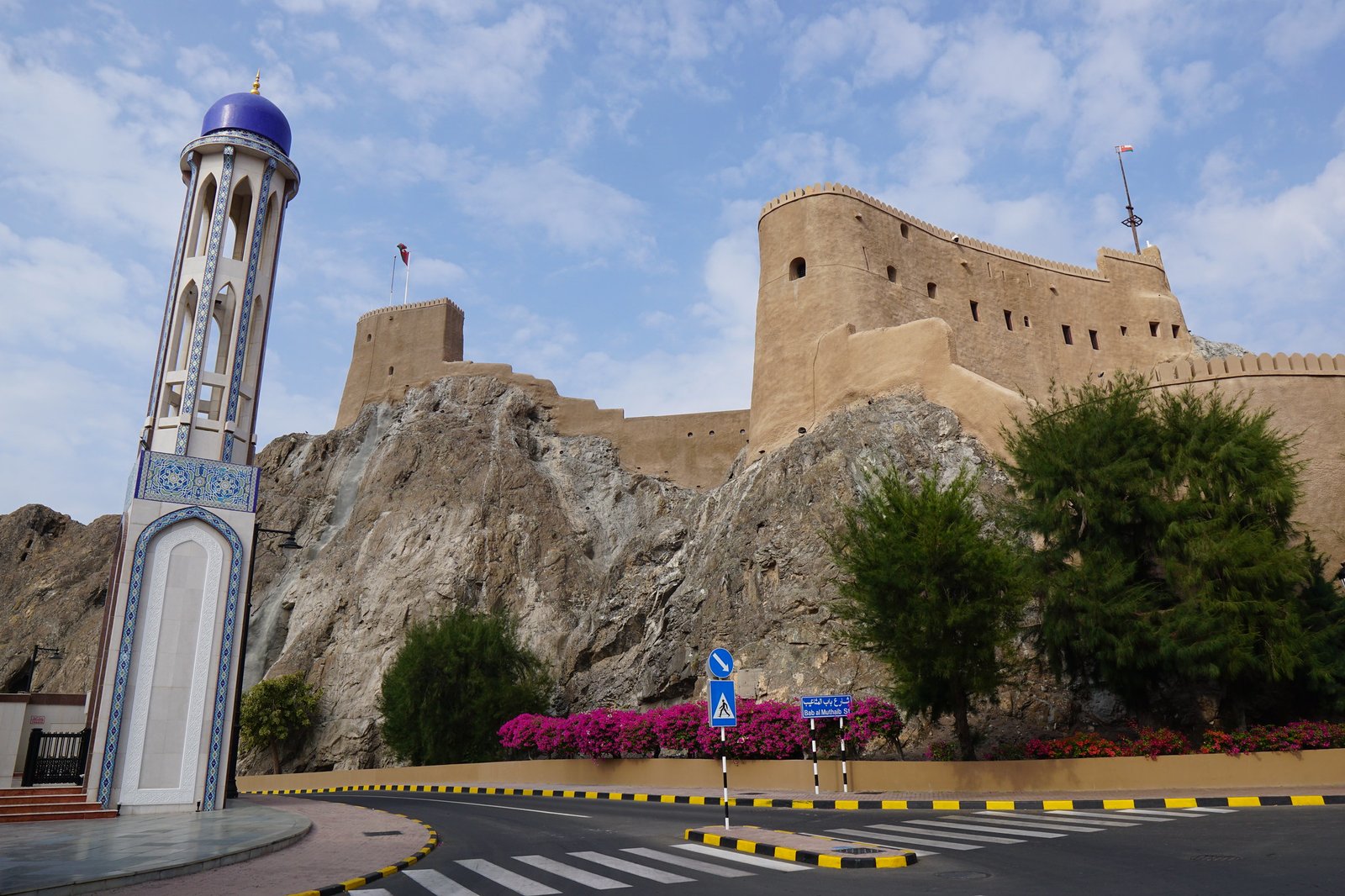
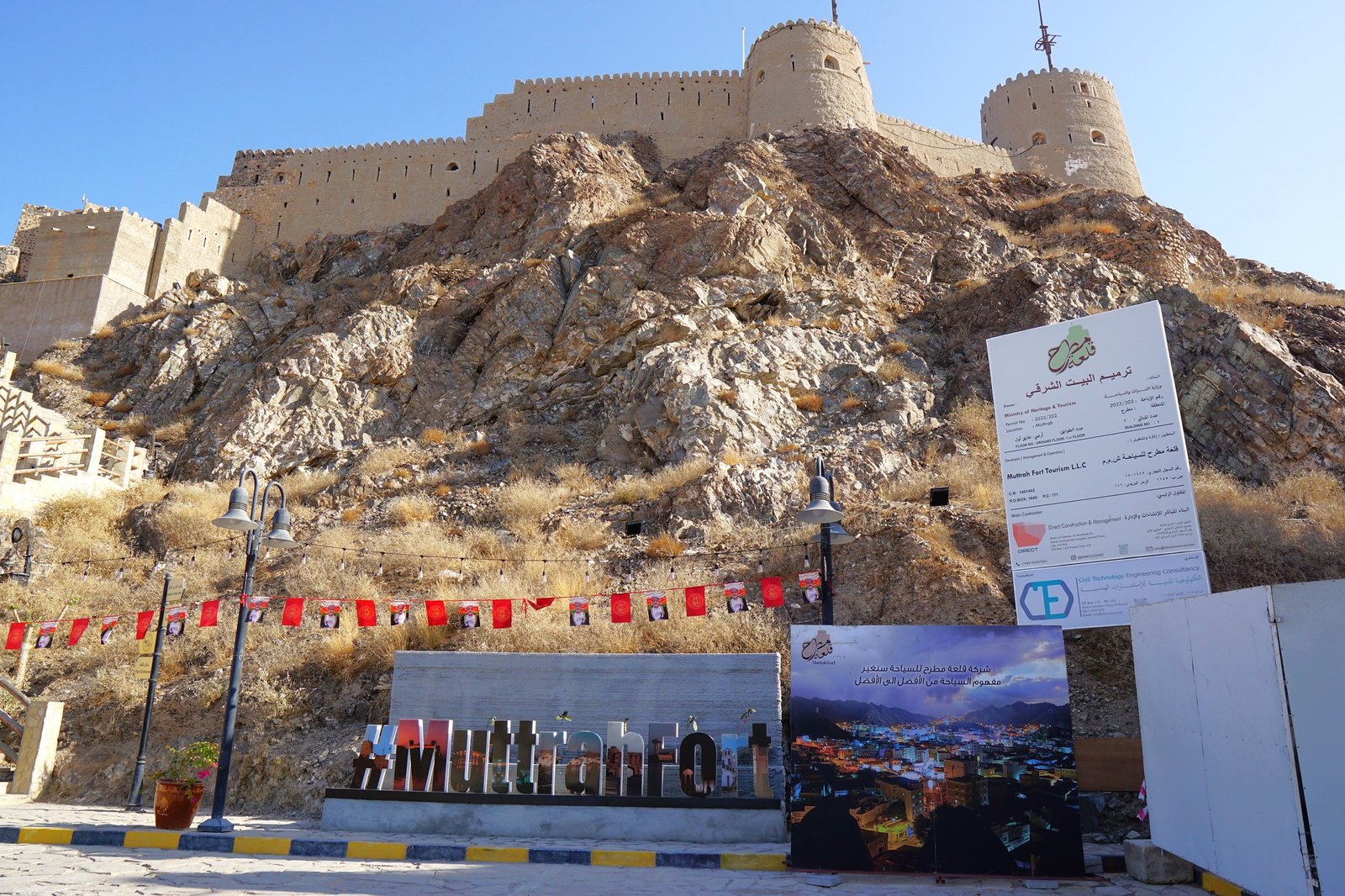
Selecting which fort to visit was a tall task. We did our best to go to as many as possible, as there was a real FOMO factor to skip another cool fort or castle. In some instances, we just limited our visit to admiring them from the outside. In Muscat, for example, we stopped by Al Jalali and Al Mirani forts guarding the waterway access to the Presidential Palace and read a fascinating historical account of an Omani sultan losing them both (and Muscat for that matter) to the Persians by getting too drunk at a banquet. Not far from them was Muttrah Fort. While there was nothing much to see inside, the views of Muttrah harbor and corniche from the top were simply sublime.
Some forts had beautiful locations, such as Nakhl Fort, built on a rocky outcrop with views of the mountains in the distance. Nizwa Fort with its whimsical, oversized tower looked like a movie set. Like almost every other fort in Oman, it had a lot of secret passages, traps, and … a storage room for dates, where sacks with dates were stored in a way that allowed date juice to flow through a series of funnels to a collection jar. In peaceful times, date juice was consumed as a food item; at times of war, it was boiled and poured on advancing attackers through special holes in the walls of the fort.
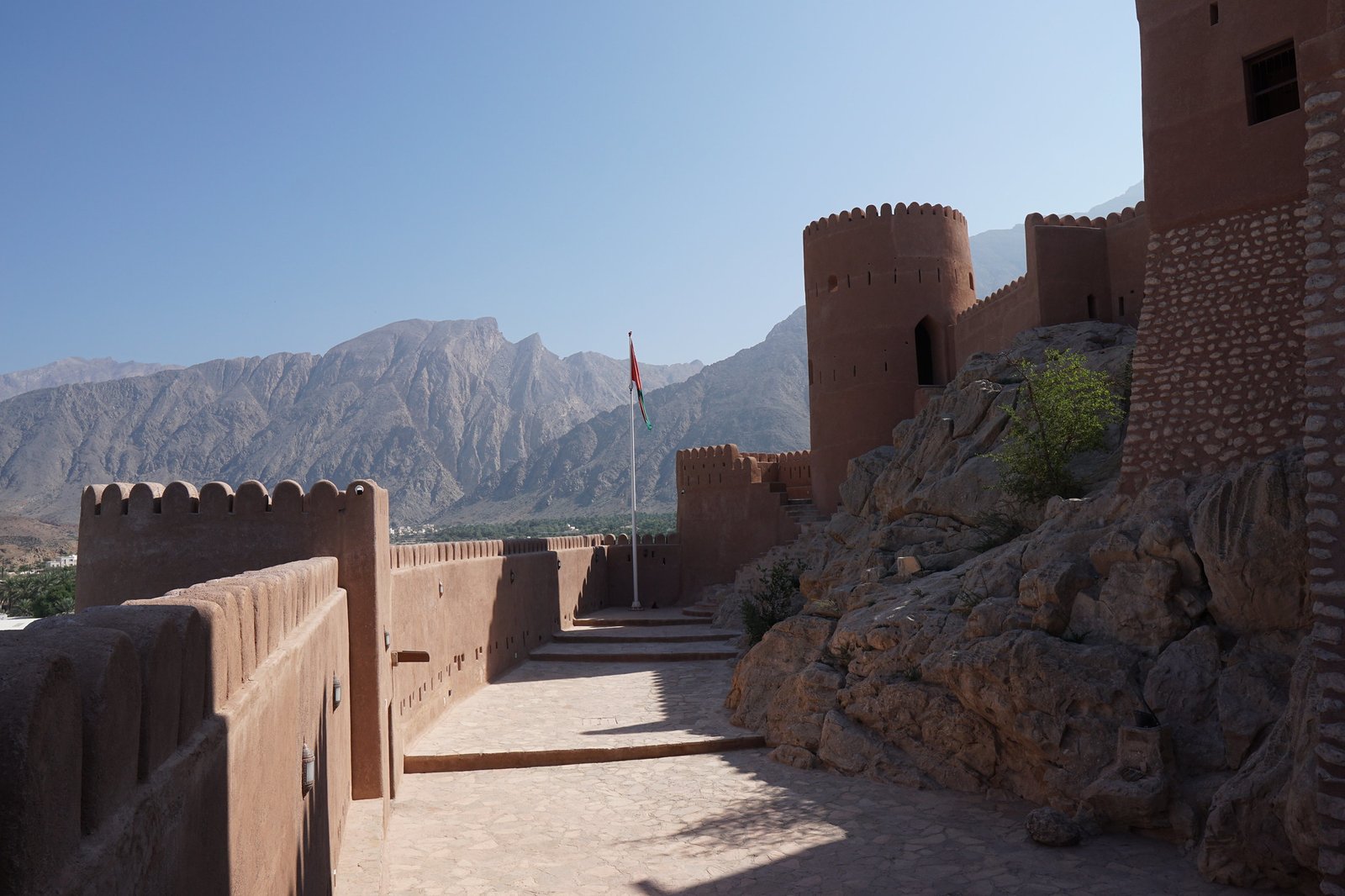

Our two other favorite forts we visited on the same day, as they are located just 10 km apart: Bahla Fort and Jabreen Castle. Bahla Fort is a sprawling fortress with numerous towers, rooms, and enclosures. It is one of Oman’s five UNESCO World Heritage sites and it rightfully deserves the recognition, given its sheer size and historical significance. Before reopening to the public in 2012, Bahla Fort had been closed for nearly 25 years while undergoing a painstaking process of restoration. Despite its gargantuan size, the restored fort looks a little bit brittle as most of its walls and towers are made of mudbrick.
Just a short distance away, Jabreen Castle looks more like a pleasure palace than a defensive fort. Set on a vast plain and surrounded by date palm fields, it was once home to the country’s Imam and effectively served as the Omani’s White House for a short time. The elegantly decorated halls, painted ceilings, and rooms filled with books reflect the history of the castle as a center of learning. After touring the place and getting our noses into each nook and cranny, we climbed to the top from where we saw the most beautiful sunset in Oman. Sitting on the roof under the flagpole with the Omani flag flowing above us, we watched the sun beautifully set, reflecting off the nearby Hajar Mountains.
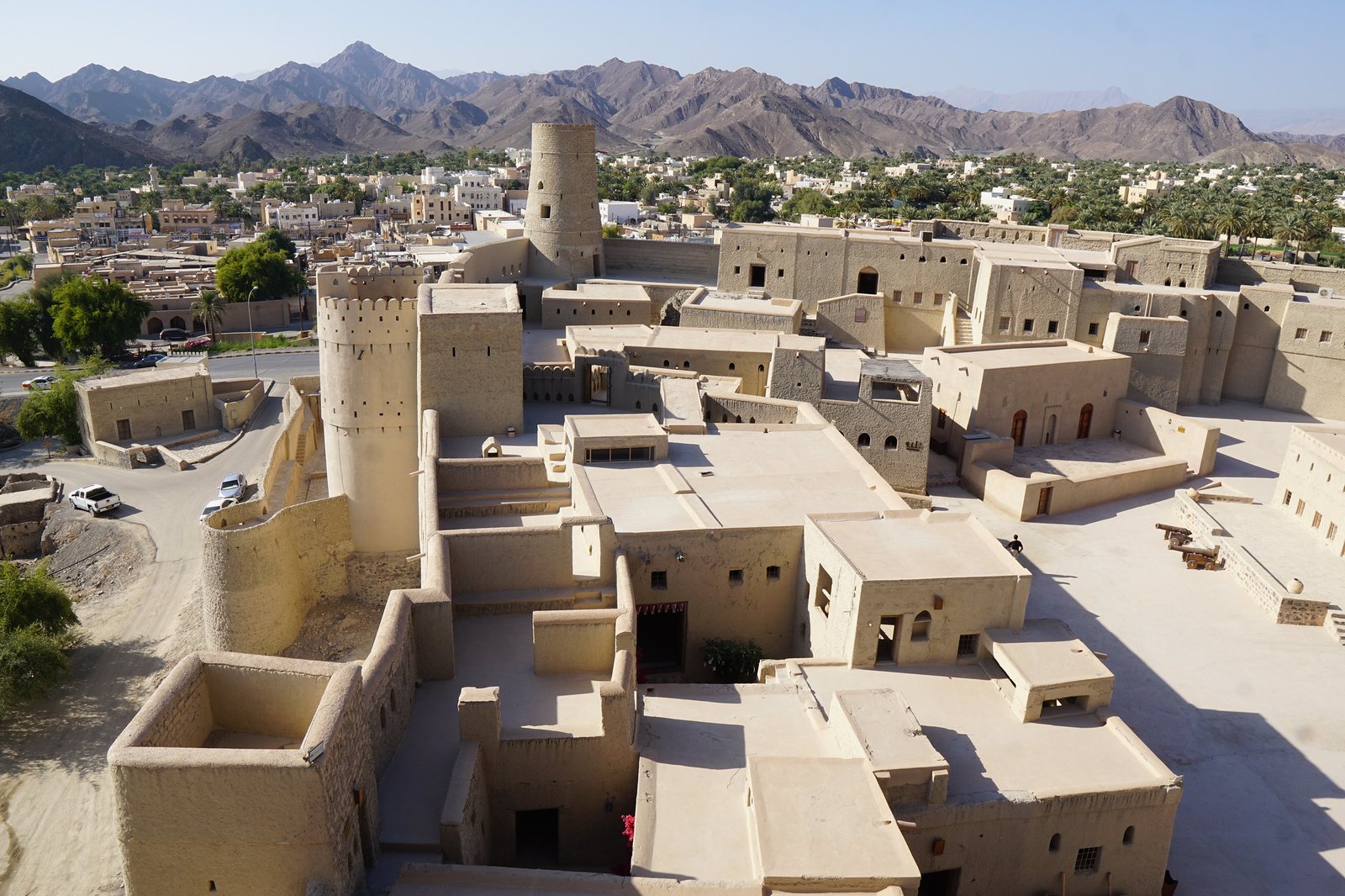
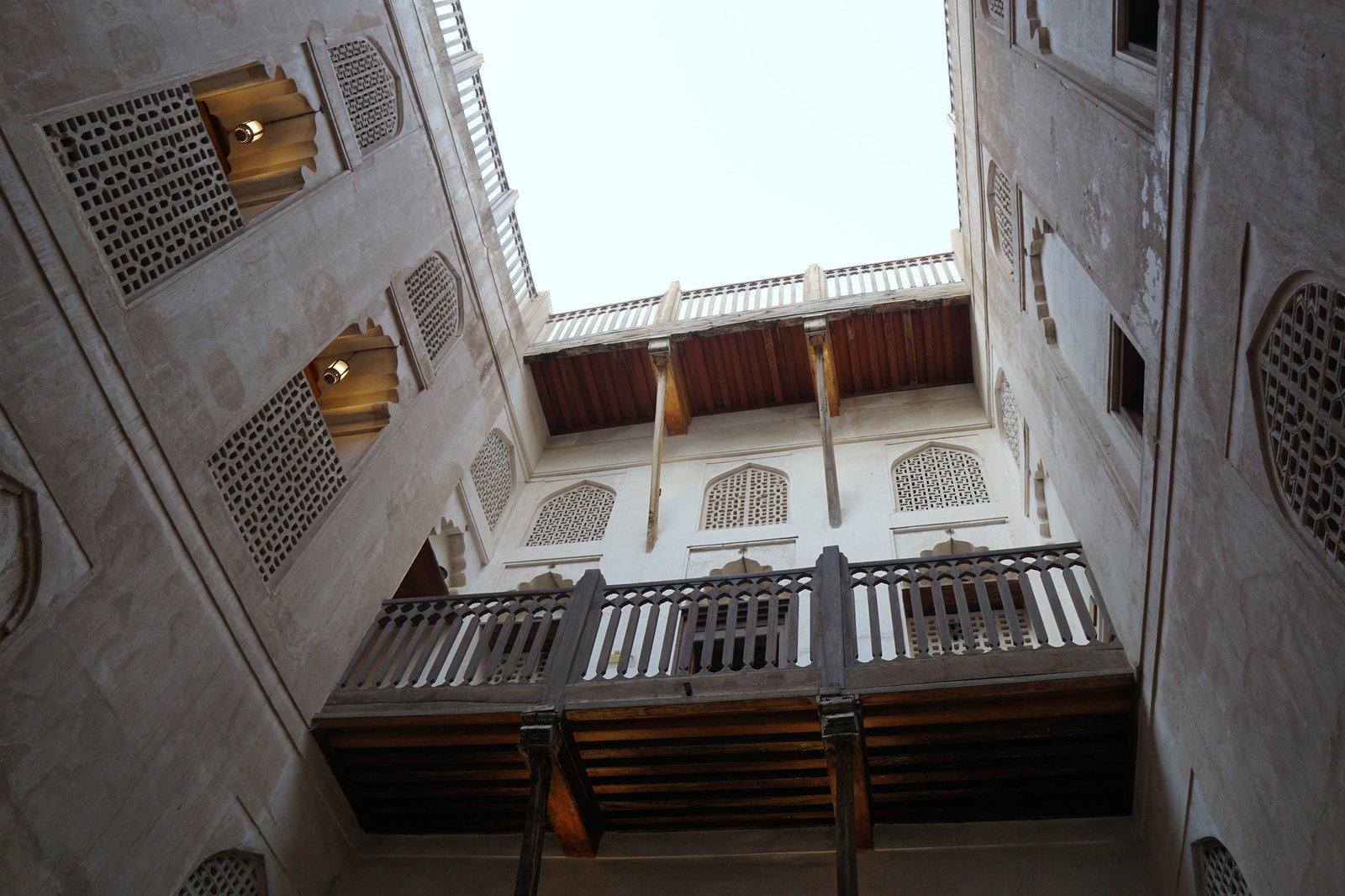
There were other forts that we visited or simply passed by. Al Hazm Fort was compact but another striking example of Islamic defensive architecture. In addition to great photo ops, it had an excellent audio guide explaining the layout and recounting the legends of a jinn who lived at the fort. Relaxing on colorful cushions in one of the rooms, we listened to a tale of him pushing a man off a balcony for smoking and bothering him with a tobacco smell (the warning is accurate: smoking can be detrimental to your health). Rustaq Fort was closed for renovation and will be closed for another 5 years (according to the local workers who briefly chatted with us). But once open, it will be a sight to behold. We managed to get a quick peek at what it looks like now, and the building looks magnificent, even though the restoration process is still underway and years from completion.
In the end, we did not overdose on Omani forts and happily kept visiting them until the last day of our trip. Although by our second or third fort, we had a rough idea that inside we would probably find a date storage room, a kitchen with Omani coffee pots, and typical living quarters of the time, we were still excited to come in, explore, and roam the premises, at times, all by ourselves.
